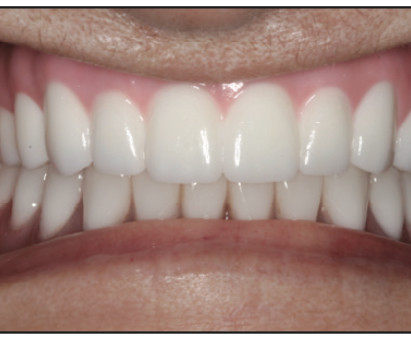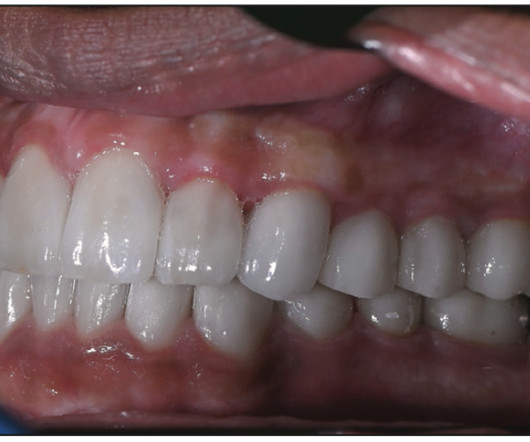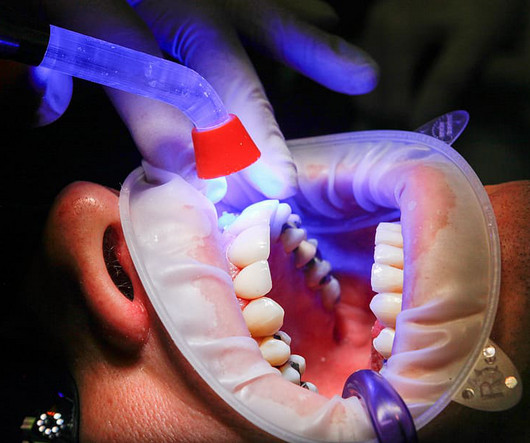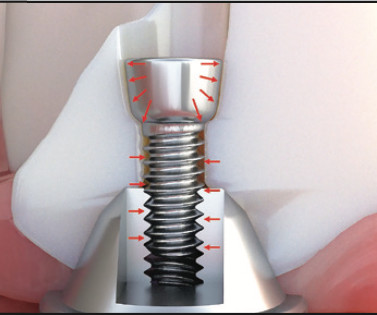Is your child afraid of the dentist? CBT could help
Dental News and Technology
MARCH 16, 2021
Around one in three children are scared of going to the dentist, leading to dental avoidance, and end up with poor oral health, more toothache, dental infections and tooth decay as a result. Now, a team of dentists and researchers led by the University of Sheffield's School of Clinical Dentistry have been awarded more than £1.6













Let's personalize your content